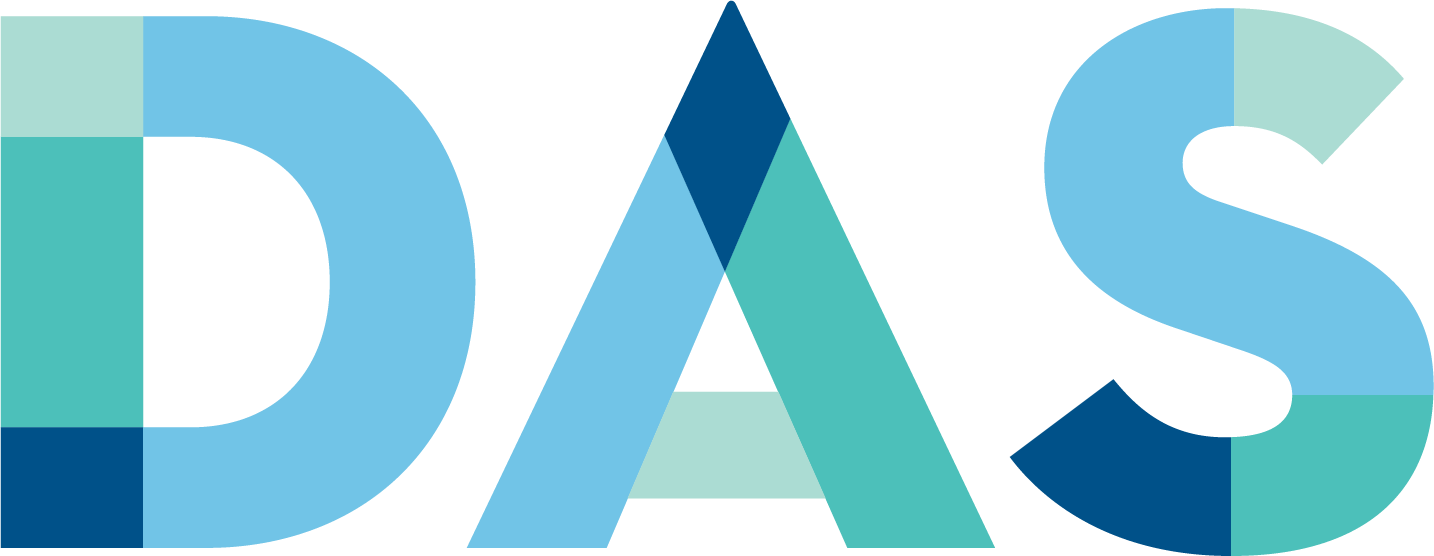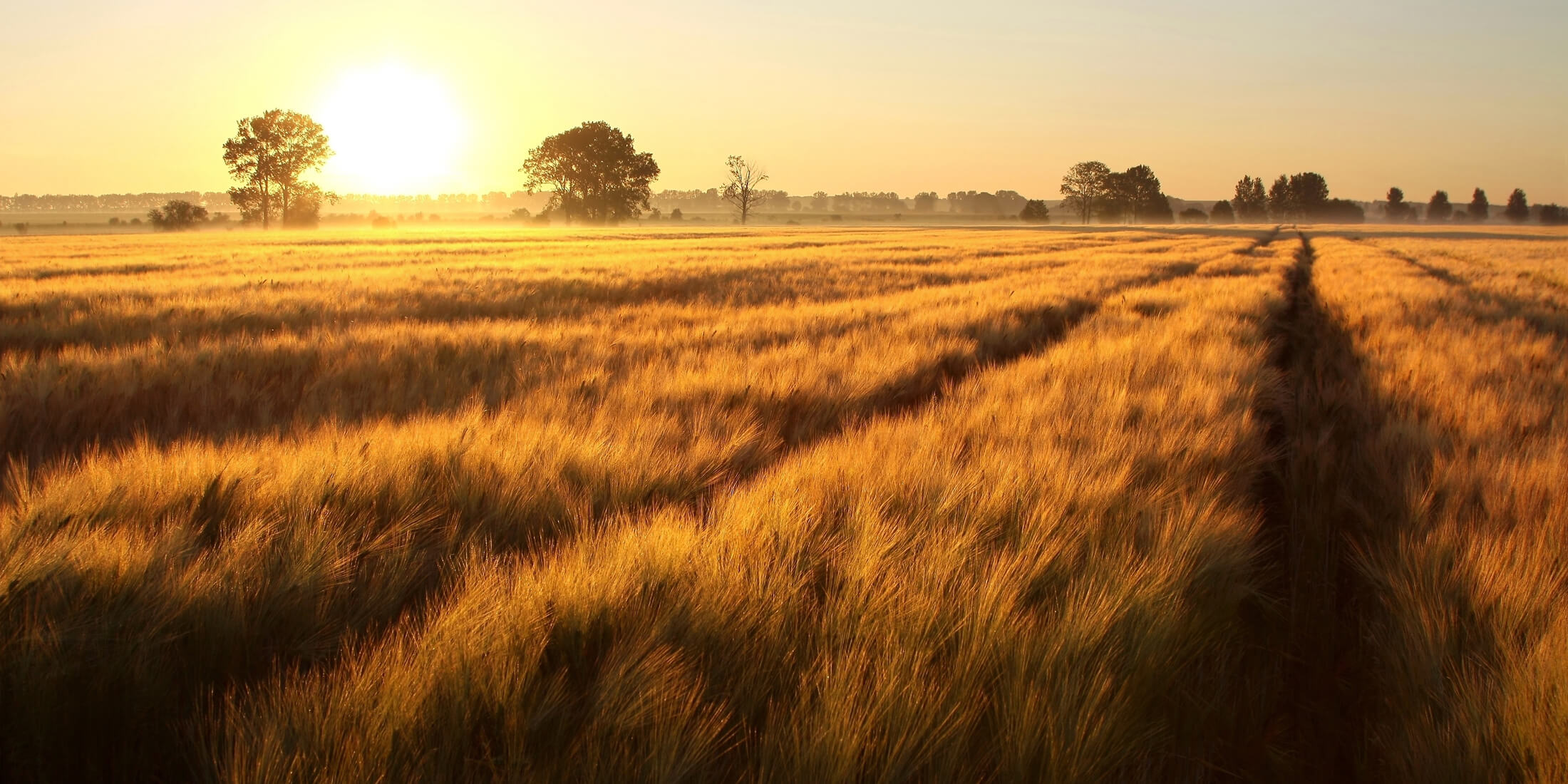The 2024 winter crop season saw the DAS team achieve over 95 per cent accuracy across most crop classes. We are now Australia’s largest crop forecaster and naturally, our crop estimates are often compared to other sources. The recent release of the March ABARES crop report provides a useful contrast between DAS’ methods (data science applied to satellite imagery) and the traditional approach (expert opinion and trade data).
DAS’ methods rely on the crop being mature enough to observe from space - so we don’t have estimates before July/August. But our methods excel at detecting the unexpected or large changes in crop area, have the flexibility to provide accurate estimates at any regional scale, and achieve peak accuracy before harvest. Conversely, the conventional method of combining expert opinion and trade data are often reasonably accurate early in the season - but have difficulty quantifying large year-on-year changes and are usually most accurate after harvest.
This is illustrated clearly in the figure below which shows both DAS and ABARES estimates of New South Wales faba bean planted area for 2024. DAS observed the 45% year on year increase in faba bean area in August and could pinpoint Narrabri as the region leading the big increase. This particularly benefited DAS’ customers who knew where to source beans when the prime growing regions in SA and Victoria were having a poor season.

A similar scenario occurred last year with chickpeas, which was recently covered by Farm Online.
DAS crop estimates enable the Australian grains industry avoid surprises and be the first to move in response to adverse conditions. In a highly competitive grain buying market, DAS customers have a valuable advantage.
To speak with our team about receiving crop intelligence for the forthcoming winter crop, fill out the form below and one of our team will be in touch with you to get started.



